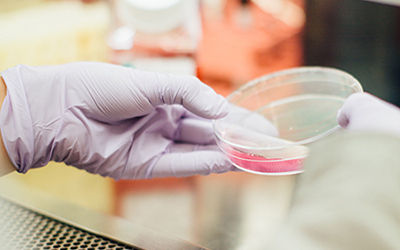Traditional mouse model generation, when performed using gene targeting in embryonic stem cells (ESCs), can take a significant amount of time – with typical timelines required for the production of F1 heterozygotes often reaching 10-12 months. In addition to this, two to three generations of breeding can be required after F1 heterozygotes are available. First to expand the number of heterozygotes available, and then to produce an initial cohort of homozygous mice which can be used for experiments.
Variability can also complicate this process, and risk delays to the timeline. It can occur at several points during model generation workflow, though two are crucial to maintaining timelines. The first of these is chimera production. When cells from a validated ESC clone are injected into a wild-type host embryo, there is always uncertainty regarding the extent to which they will contribute to the adult (chimeric) mouse. In turn, and if their contribution is relatively low, this can affect the efficiency of germline transmission. This is the second crucial point – transmission of the targeted allele through the germline, for the production of F1 heterozygotes. As this is traditionally accomplished through natural mating, delays can occur if individual chimeras display varied levels of reproductive performance.
















.jpg)

.jpg)
.jpg)
.jpg)
.jpg)





.jpg)


.jpg)
.jpg)




.jpg)




.jpg)

.jpg)









